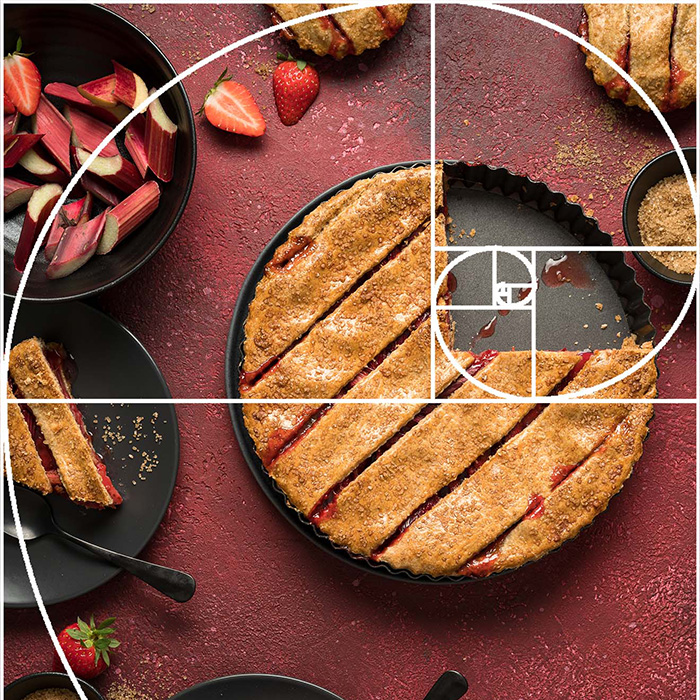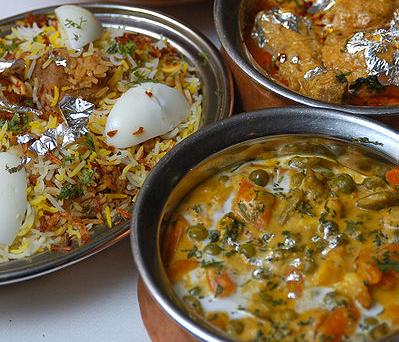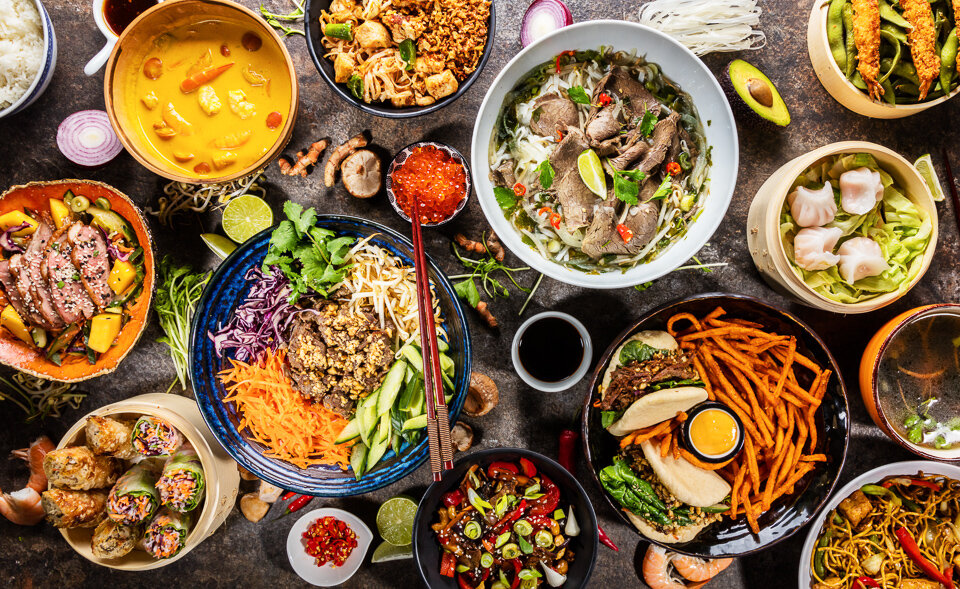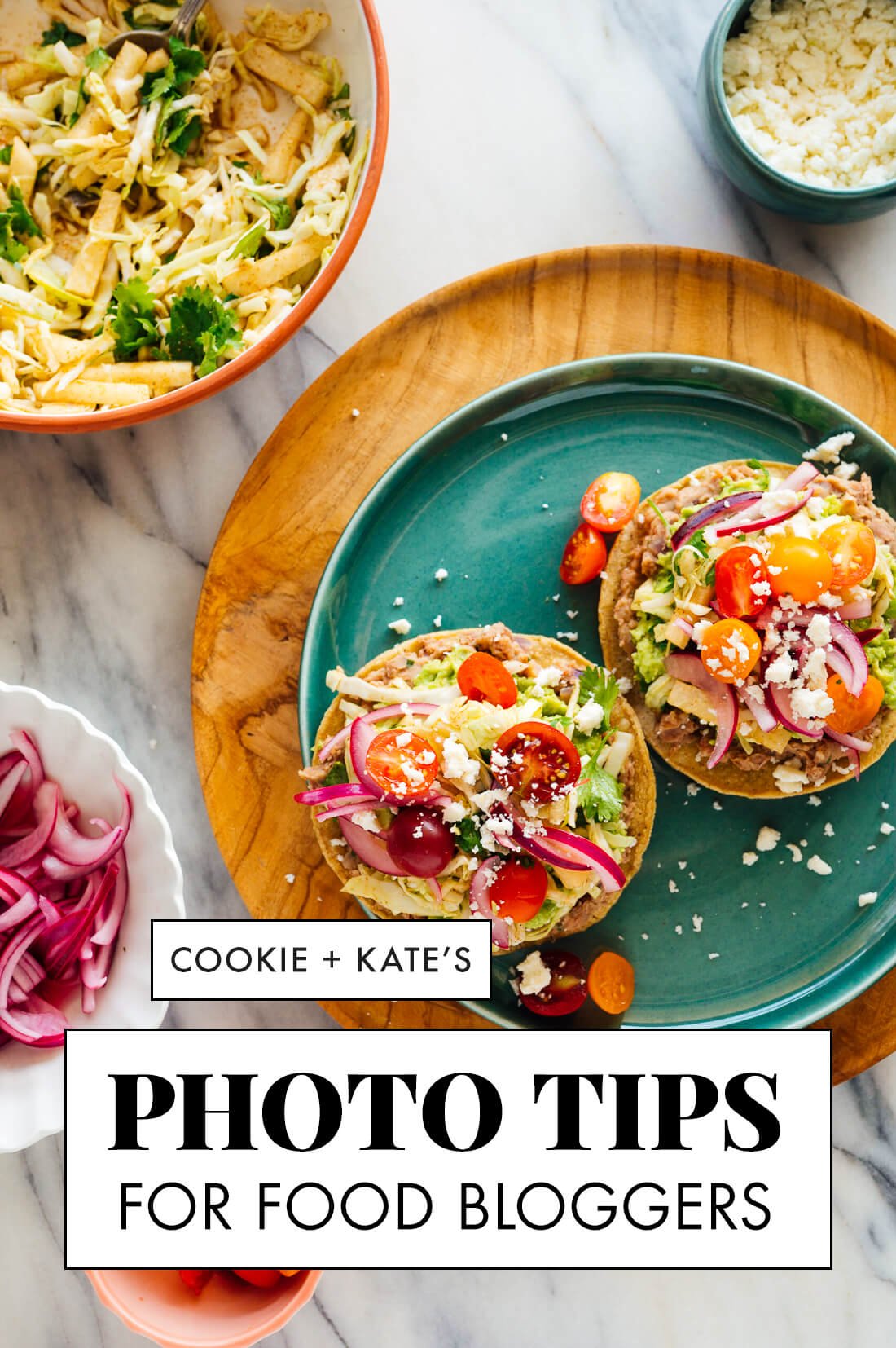The Art of Capturing Delicious Dishes – Food Photography Tips
Food photography has become increasingly popular in recent years, thanks to the rise of social media platforms like Instagram. If you’re passionate about capturing mouthwatering images of food, you’re in the right place. In this blog post, we’ll share some valuable tips and techniques to enhance your food photography skills and make your dishes look irresistible.
1. Lighting is Key: Optimal lighting is crucial for capturing appetizing food photos. Natural light is often the best choice, so try to shoot near a window or outdoors. Avoid using harsh overhead lighting or direct flash as they can create unflattering shadows. Experiment with different angles and lighting setups to find the most pleasing result.
2. Styling and Composition: Presentation plays a significant role in food photography. Consider the colors, textures, and shapes of the dish. Use props and garnishes to enhance the overall composition, but be mindful not to overshadow the main subject. Experiment with different compositions such as the rule of thirds or leading lines to add visual interest.
3. Focus on Details: Highlight the small details that make the dish unique and appetizing. Capture the texture of the ingredients, the glistening sauce, or the steam rising from the food. Place these elements strategically to create a sense of depth and intrigue.
4. Props and Background: Choose props and backgrounds that complement and enhance the food. Use simple, neutral-colored plates or rustic wooden boards to create an appealing backdrop. Consider adding complementary elements like utensils, herbs, or ingredients strategically to add context and storytelling to your images.
5. Play with Depth of Field: Controlling the depth of field can make your food photos stand out. A shallow depth of field with a blurred background can draw attention to the main subject. Experiment with different aperture settings (lower f-stop numbers) to achieve this effect.
6. Editing and Enhancements: Post-processing your images can take your food photography to the next level. Use photo editing software like Adobe Lightroom or Snapseed to adjust brightness, contrast, and color balance. Be mindful not to over-edit, as natural-looking photos tend to be more appealing.
7. Tell a Story: Food photography is not only about capturing a beautiful dish—it’s also about telling a story. Consider the narrative behind the food, its origin, or the cooking process. Incorporate elements that evoke emotions and curiosity in your audience.
8. Capture Different Angles and Perspectives: Take a variety of shots from different angles to showcase the food from various perspectives. Experiment with overhead shots, close-ups, and angled compositions to create visual interest and variety in your portfolio.
9. Know Your Gear: Familiarize yourself with your camera equipment and its settings. Invest in a good quality lens that suits food photography, as it can make a significant difference in the sharpness and overall quality of your images.
10. Practice, Practice, Practice: Like any other skill, mastering food photography takes time and practice. Explore different food subjects, experiment with lighting, and continuously refine your technique. Take inspiration from food photographers you admire and try to develop your own unique style.
Incorporate these tips into your food photography journey, and watch your skills evolve. Remember, the most important aspect of food photography is to have fun and let your creativity flow. Capture those delicious dishes in a way that makes people crave them just by looking at your photos!











